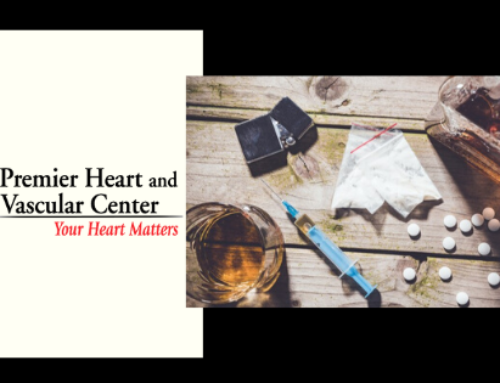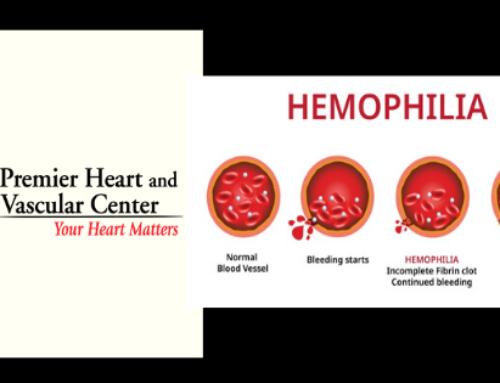Sudden cardiac arrest (SCA) is a severe and deadly condition that occurs suddenly and without warning. We already discussed how it works and how vital it is to help a person who’s suddenly fallen ill. We also talked about the leading causes of SCA.
Now it’s time to discuss the treatments a person may receive when they go into sudden cardiac arrest.
Immediate Treatment for SCA
SCA is deadly; as soon as the patient goes into sudden cardiac arrest, their heart stops pumping blood and they fall unconscious. The heart stops working and needs to be revived, or the patient can die in as little as a few minutes.
That’s why it’s vital to start giving them the help they need. A person who is not a trained physician or has no knowledge of cardiology can still do CPR. The technique is crucial because it helps maintain a flow of oxygen-rich blood to all the vital organs in the body. As soon as a person collapses and stops breathing, it’s vital to start doing compressions because this can save their life.
Additionally, outside of doing chest compressions, it’s important to call 911 as soon as possible. Instruct someone else to call them immediately and continue with the compressions. If you get tired, get someone to take over immediately.
Defibrillators can be used as well. They can get the heart to start working again, and they are programmed to deliver the needed electrical shock only when they detect that it’s necessary. Defibrillators are increasingly being added to public places, so it’s worth it to look for one quickly.
Treatment in the Emergency Room and Other Long-Term Treatment
Besides the much needed immediate help, additional procedures need to be done by the proper staff. In the emergency room, the medical team will work quickly to stabilize the person’s heart. After that, some additional long-term treatments can be suggested and performed:
- A cardioverter-defibrillator or ICD may be implanted. A battery-powered unit implanted near the left collarbone, an ICD is similar to a pacemaker as it monitors your heart and paces it if a slow heart rhythm is detected.
- Doctors can also use medicine. There are a wide variety of pharmaceutical drugs that a doctor might prescribe or use in the emergency room. For example, some beta-blockers are used on people with a risk for SCA.
- Cardiac catheterization is another useful procedure. It involves the insertion of a catheter through a vein or artery and into the heart to measure and evaluate the organ’s condition. this procedure is vital for determining which surgery might be needed.
We at Premier Heart and Vascular Center perform the procedures and treatments mentioned above. We care for your health and specialize in treating the heart. If you want to know more, feel free to contact us.







